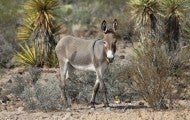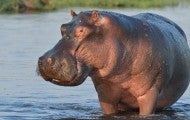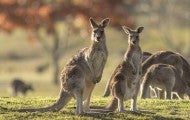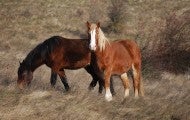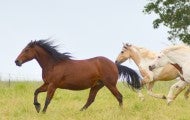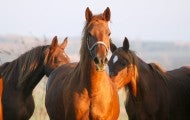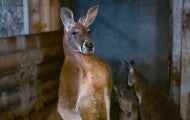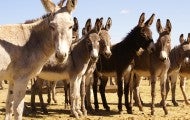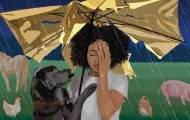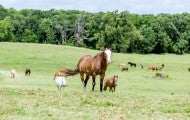WASHINGTON—Today animal protection and conservation groups sent a notice of intent to sue the U.S. Fish and Wildlife Service for failing to respond to a legal petition to protect the common hippopotamus under the Endangered Species Act. The Fish and Wildlife Service was required to respond to the...
The Humane Society of the United States and the Humane Society Legislative Fund are noted champions for the protection and well-being of the nation’s wild horses and burros, and we have strong policy and practical commitments to the humane management of their herds on America’s Western ranges. We...
WARNING: This page contains graphic content. When rescuers slowly creaked the rusty door open, the dilapidated building appeared to be empty. Windowless and dark, the sheet-metal structure held no noise, only air thick with spiderwebs, dust and the burning smell of ammonia. Then a head with small...
Fertility control: Essential to American wild burros and mustangs While wild burros are legally viewed in the same light as the American mustang, protected as a living symbol of the American West, the wild horses often seem to receive most of the public's attention. But burros have played a critical...
In a quiet corner of Black Beauty Ranch, on a stone plinth beneath a maple tree, there’s an oval etching of a man and a burro. The man is Cleveland Amory, author and founder of the Fund for Animals, and the burro is Friendly, one of the first animals to call the sanctuary home. The two met in 1980...
